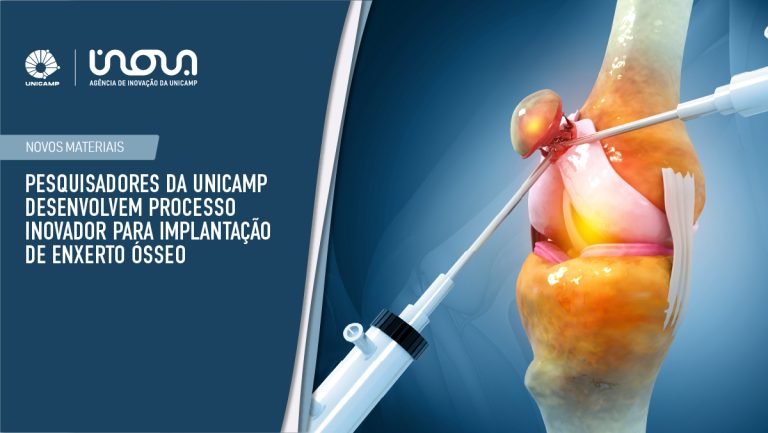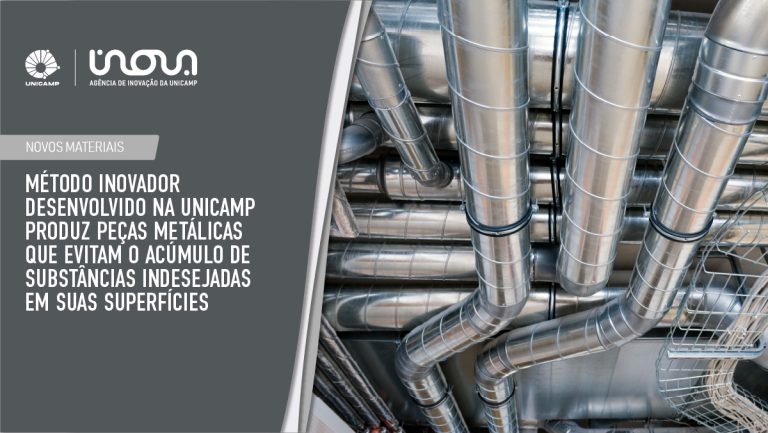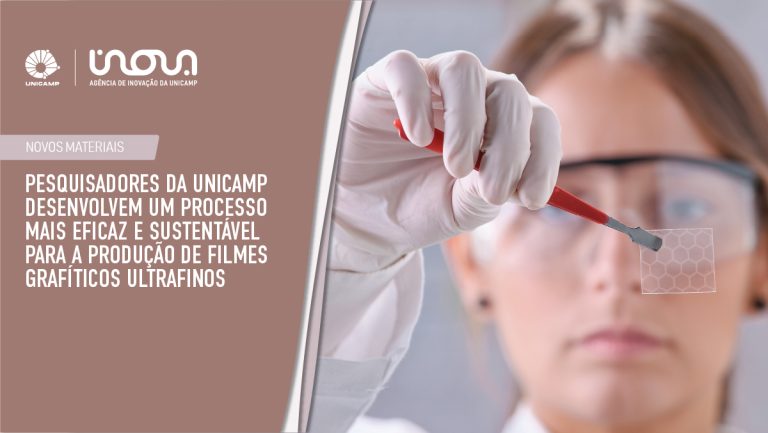Electronic devices manufacturing involves submitting silicon blades in conventional oven with humid atmosphere to oxidation and plates resulting to photolithography process
NOVELTY – Electronic devices manufacturing involves submitting silicon blades in a conventional oven with humid atmosphere to oxidation and plates resulting to photolithography process, where windows are opened on the plates for subsequent insertion of hydrofluoric acid and ammonium fluoride. The blades are removed from the solution and then dried, where photoresist are removed by using cold acetone, isopropanol, hot acetone and deionized water. USE – Method for manufacturing electronic devices. ADVANTAGE – The method manufacturing the electronic devices with high detection capacity of chemical and biological species in low concentration levels.
Main Application Field
B04 (Natural products and polymers. Including testing of body fluids (other than blood typing or cell counting), pharmaceuticals or veterinary compounds of unknown structure, testing of microorganisms for pathogenicity, testing of chemicals for mutagenicity or human toxicity and fermentative production of DNA or RNA. General compositions.); L03 (Electro-(in)organic – chemical features of conductors, resistors, magnets, capacitors and switches, electric discharge lamps, semiconductor and other materials, batteries, accumulators and thermoelectric devices, including fuel cells, magnetic recording media, radiation emission devices, liquid crystals and basic electric elements. Growing of single crystals of semiconductors and their doping are included, but semiconductor devices, where the manufacture is not claimed are excluded. Electrography, electrophotography, magnetography, electrolysis, electrophoresis, power plant, X-ray and plasma-techniques, ion exchange resins, polyelectrolytes, electroplating, metal electrodeposition, electroforming, anodising, electrolytic cleaning, cathodic protection and electrolytic or electrothermic production or refining of metals are all covered elsewhere (Sections G, J, K and M).)
INVENTORS:
KUBOTA LAURO TATSUO
KISNER ALEXANDRE
DINIZ JOSE ALEXANDRE
CAVARSAN FABIO APARECIDO
277_NANOELETRODOS
Patent number: BR200900537-A2
PATENT STATUS:
For information contact Inova Unicamp
FOR ADDITIONAL INFORMATION:
parcerias@inova.unicamp.br
+55 (19) 3521-5207 / 2607
This technology profile has been automatically generated.








